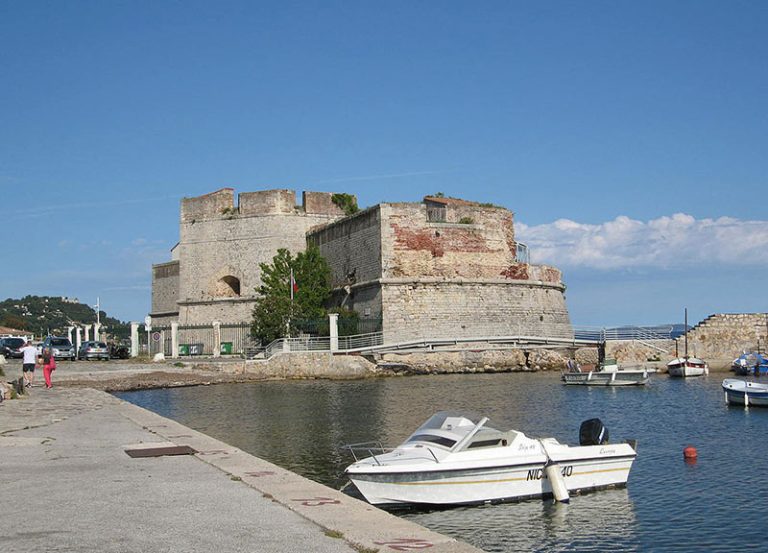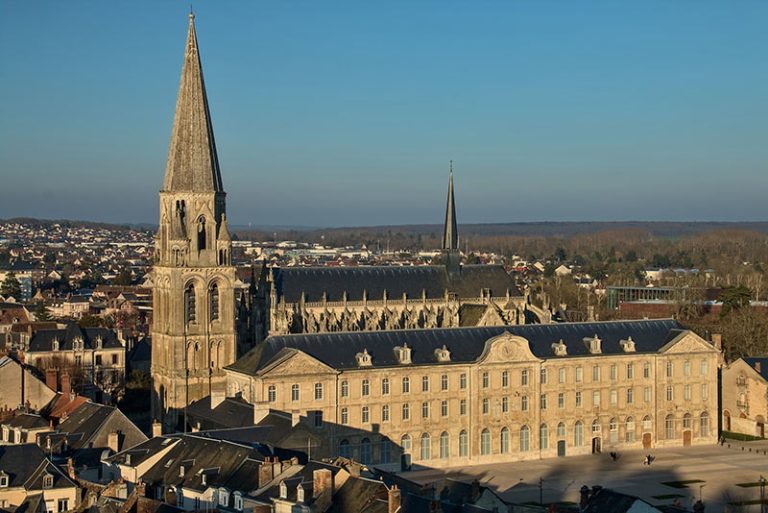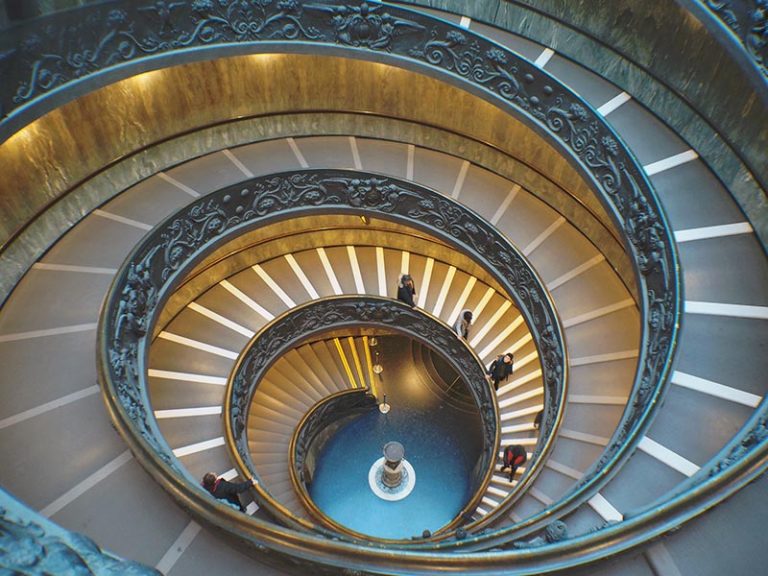“The typical example for us is that of the toilets. On TripAdvisor, we had a lot of critical comments about them… So we did them again! » Benoît Decron, director of the Soulages Museum in Rodez (Aveyron), does not beat around the bush. If he deplores the fact that some Internet users sometimes have a little hasty judgment, see ” basic “, he is far from putting on blinkers. “You should not become a slave to these social networks, but it is important to be attentive to them, to listen, and to respond to comments”, he says.
As for the Center des monuments nationaux (CMN), the director of economic development and visitor relations, Josy Carrel-Torlet, confirms this: “On social networks, there can be someone very satisfied and someone extremely unhappy for the same place, on the same day. But these feelings expressed at the moment T can be rich in lessons for establishments like ours. » Indeed, TripAdvisor, a platform for tourist reviews and advice, is now a guide like any other, allowing teams to question themselves and improve.
Comments, a way to identify the weak points of a museum
Within the major Parisian institutions, the ratings and feedback from visitors are scrutinized. The Louvre, in second place in the top 10 of the best museums in France on the platform, “pays particular attention to the animation of the TripAdvisor page of the museum”, reports Inès Foucher, in charge of development and audience loyalty, who adds that “the information and visuals are updated regularly, and comments are carefully monitored”. Answers are even often provided in French, English, Spanish and Italian. Thomas Porreca is the head of the marketing department at the Musée d’Orsay, which is just ahead of the Louvre in the aforementioned ranking. However, he assures us that the primary objective does not really lie in the rating awarded. “We do not invite our public to rate the museum online, he specifies. On the other hand, it has several channels such as our email, paper or online forms and our guestbook, to report complaints or give us compliments. » Indeed, if TripAdvisor is now an integral part of the visitor experience for many people, museums do not always consider it as the main tool for their exchanges with the public. “We don’t really pay attention to what’s going on on TripAdvisor, we rather look at Google reviews, we interact more with people that way”, says Lucie Dragon-Blanchard, communication manager at the Gadagne museums in Lyon.
Word of mouth often more influential than TripAdvisor
In Rennes, the Museum of Fine Arts does not see TripAdvisor as a priority either, firstly for a practical reason: “I am alone in communication, and, considering the workload, it is not in the first emergencies”, explains Nadège Mingot, communications officer. The Musée des beaux-arts breton therefore pays more attention to public surveys and messages collected on its guestbook, social networks and e-mail. “Usually unhappy people really let us know by email”, summarizes Nadège Mingot. A users’ committee is also being created, in order to stay as close as possible to the demands of the public.
In more rural territories, where the cultural offer is scarce, the use of TripAdvisor is not a reflex. In the absence of precise studies, it is difficult to establish the number of people arriving in a museum specifically thanks to the platform. However, Patrice Rey, the director of the Museum of popular beliefs at Monastier-sur-Gazeille, in Haute-Loire, easily guesses that the site brings him only a few people, among its 4,000 annual visitors. “The main source of visits to the museum is word of mouth, he argues. We are in a place that is touristic thanks to hiking, sports in the middle of nature, the paths of Santiago de Compostela and [Robert Louis] Stevenson… People come mainly for that and have no idea there could be a museum here. When they ask around what they can visit in the area, everyone tells them about the Museum of Popular Beliefs,” he continues. For the director of the Altiligérien museum, “it’s more when you have a large choice that you go online to look at the comments of previous visitors”. The profile of local tourists does not play in favor of the platform either. “Our visitors are, over 60%, young retirees who are still very much in the culture of print”, notes Patrice Rey. A generation that is more used to opening the guide to backpacker than reading comments on your smartphone. Despite everything, Patrice Rey raises a “need to be everywhere” and do not deny the pleasure of reading a positive comment, from time to time, on the site. Small or large institution, Parisian museum, medium-sized city or rooted in the heart of a territory: in each establishment, the managers recognize that they must activate all the levers at their disposal to increase their quality of service, in order to attract larger audience. Without necessarily maintaining the virtual existence of their museum on TripAdvisor, culture professionals are well aware that the platform is, in the eyes of the public, one of the pillars of their “e-reputation”.







